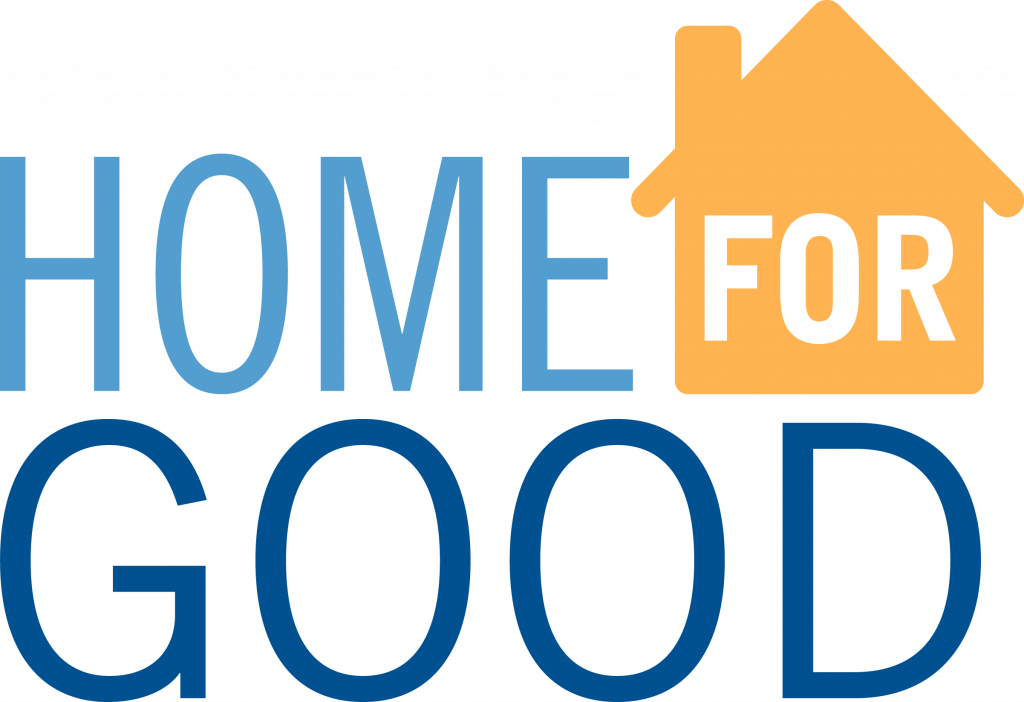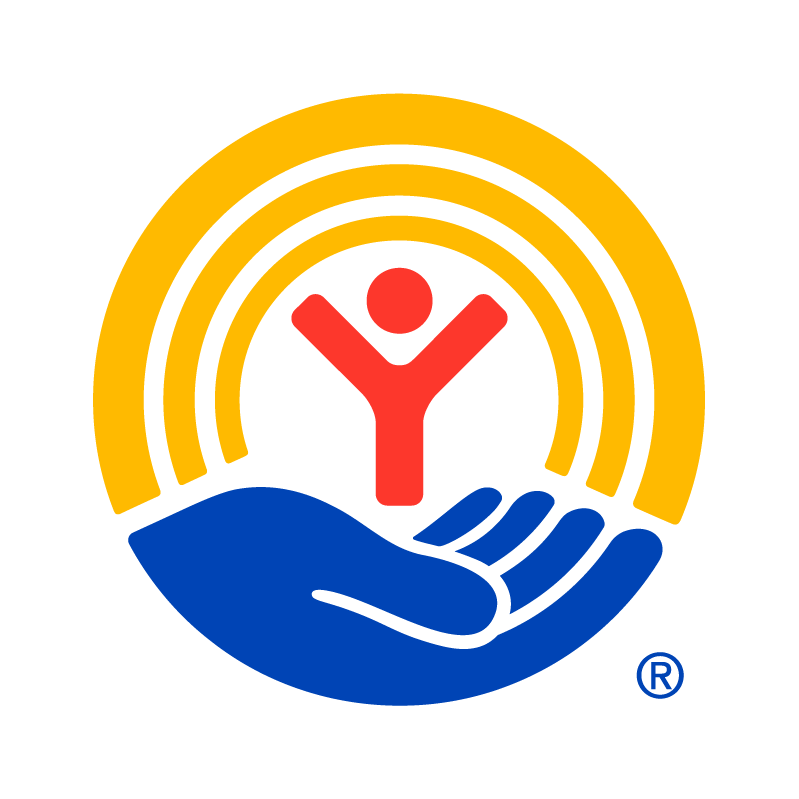
Everyone deserves to be Home for Good.
HOME FOR GOOD
United Way’s Home for Good strategy helps move individuals and families from homelessness to permanent, stable housing. Through collaboration and partnerships, Home for Good assists in proven measures to prevent homelessness before it happens, because everyone deserves a place to call home.
Continuum of Care (CoC)
The Continuum of Care (CoC) is designed to promote community-wide commitment to the goal of ending homelessness. The CoC consists of partner agencies working together to promote access and utilization of their programs.
Since 2015, Home for Good, as Continuum of Care lead, has overseen the housing initiatives that have resulted in the housing of hundreds of veterans chronically homeless people.
Priorities
- Emergency and Permanent Housing
- Increased access to safe, affordable, permanent housing solutions
- Bringing together philanthropy, public funders, and service providers with the goal of ensuring that all housing and service needs are addressed
- Fair Housing Access
- Use Coordinated Entry System to ensure no wrong door access to anyone needing resources
FEATURED
October 2024
10/23: Priority Listing for Public Review – Now available here. Consolidated Application for Public Review – Now available here.
10/21: Final ranking and tiering of FY 2024 and 2025 projects – Now available here.
10/11: Final
priority listing of projects to be included in Consolidated Application – Now available here.
10/7: Final ranking of 2024 projects for inclusion in consolidated application – Now available here.
10/3: Priority listing of 2024 projects after Appeal 1 – Now available here.
September 2024
9/27: Initial ranking of 2024 projects – Now available here.
August 2024
8/23: HUD Update on available funding for FY 2024 and 2025 – Now available here.
FY 2024 and 2025 Continuum of Care (CoC) Program Competition Update (8/23) – Now available here.
(Revised 8/19) 2024 GA 505 Continuum of Care Homeless Assistance Grant Competition Process and Timeline – Now available here.
FY 2024 and 2025 NOFO Application – Information available here
FY 2024 and 2025 NOFO Technical Assistance Workshop – Resource materials available here. Aug. 20th 9am Zoom recording available here (Passcode: 4Dah%D7Z). Aug. 20th 5pm Zoom recording available here (Passcode vK?2EMVU).
FY 2024 and 2025 CoC Competition Scoring Tool – Now available here.
January 2024
2024 Point In Time Count – Preliminary data available here.
First Tuesdays, 3:00 pm
Monthly Housing Navigation Meetings
 WHO IS HOMELESS?
WHO IS HOMELESS?
Anyone not having a permanent place to live or living in a place not intended to be permanent (shelter, motel, car, abandoned buildings).
 HOW DO WE END HOMELESSNESS?
HOW DO WE END HOMELESSNESS?
Coordinate our community’s resources, utilize nationally recognized best practices and focus on housing as the solution. By joining housing and services we will be able to transition people out of homelessness permanently.
 WHY DO WE NEED TO END HOMELESSNESS?
WHY DO WE NEED TO END HOMELESSNESS?
Safe, affordable, and decent housing helps build strong, healthy communities by improving the safety of neighborhoods, beautifying city blocks with new and rehabilitated properties and increasing or stabilizing property values. It is also very cost-effective – lessening the amount of tax dollars needed to combat the effect of homelessness.
Projects for Assistance in Transition from Homelessness (PATH)
The Department of Behavioral Health and Developmental Disabilities (DBHDD) funds ten PATH Teams with the support of federal grant dollars from the Substance Abuse and Mental Health Services Administration (SAMHSA) Center for Mental Health Services (CMHS). It is an annual block grant.
PATH staff may provide PATH-eligible clients with the following services:
- Outreach
- Screening and diagnostic treatment
- Habilitation and rehabilitation
- Community mental health
- Substance use disorders treatment
- Referrals for primary health care, job training, educational services, and housing
- Housing services as specified in Section 522(b)(10) of the Public Health Service Act
PATH Team Contact: 706-530-5569 or kallen@unitedcv.org
POINT IN TIME COUNT
Every year, Home for Good leads volunteers and partner organizations in conducting a survey to assess the number of people in our community who are experiencing homelessness. This helps to greater understand the needs of our community.


